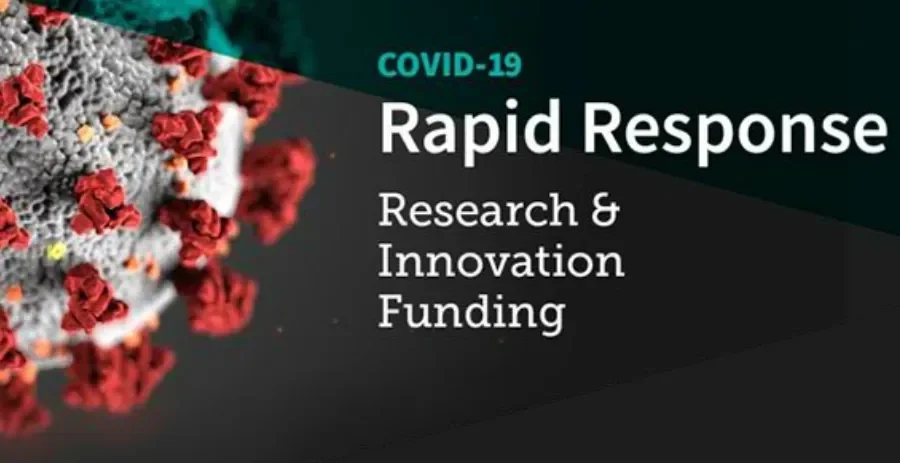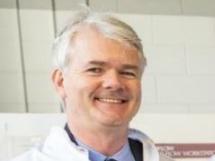

The SoBT and COVID-19 - Research and Innovation
COVID-19 has, and continues to have, a significant impact on the global population. In the past few months, as rates of incidence swelled, there is no doubt the virus in question has affected the lives of everyone the world over. Upon confirmation the virus had reached Ireland, the numbers of incidences steadily increased in the weeks that followed. The reaction needed to be swift - and owing to the co-ordinated efforts of the Government, the Health Service Executive (HSE), and institutional bodies they continue to liaise with today, our country has seen many people of different training and skillsets devote time and energy to co-ordinated efforts against the SARS-CoV-2 virus.
Upon COVID-19 reaching pandemic status, the Irish Government announced a National Action Plan ultimately aimed at funding research to better understand, mitigate, and recover from the impact COVI-19 has had on the global population, and develop solutions that contribute towards economic and societal recovery from such.
 Prof. Paul Cahill is Chair of the Vascular Biology and Therapeutics Group based in Dublin City University. In the second part of our series covering contributions from members of the School of Biotechnology, Prof. Cahill details the government-funded project he is leading with colleagues, Prof. Christine Loscher and Prof. Dermot Walls, in an effort to advance the understanding, and treatment, of COVID-related illness.
Prof. Paul Cahill is Chair of the Vascular Biology and Therapeutics Group based in Dublin City University. In the second part of our series covering contributions from members of the School of Biotechnology, Prof. Cahill details the government-funded project he is leading with colleagues, Prof. Christine Loscher and Prof. Dermot Walls, in an effort to advance the understanding, and treatment, of COVID-related illness.
‘Acute respiratory distress syndrome, or ARDS, is a fatal outcome of COVID-19 disease due to an overactive immune response within the lung’, describes Prof. Cahill, ‘and one such approach for treating conditions such as ARDS employs human stem-cell based therapy – an area of research our group specialise in’.
‘Of particular interest, is the ability of these stem cells to produce extracellular vesicles – small bodies which are secreted carrying a molecular cargo of sorts into the immediate environment. These vesicles are then free to interact with other cells in the nearby area, the contents of which, upon release, enable a form of communication to take place between the cell which produced the vesicle, and that which it has interacted with. Molecular biology techniques, such as those employed in my lab, enable us to prime the stem cells to produce tailored vesicles. Strategic application of these vesicles enables a degree of control of this cell-cell communication, and has allowed researchers to stop patho-progressive mechanisms in their tracks and treat conditions such as ARDS. We plan to utilise this approach towards treating COVID-related illnesses.’
‘Our lab has developed a novel strategy whereby we have primed stem cell populations to produce extracellular vesicles with key modulatory proteins to which the virus is attracted. We aim to lyophilise or concentrate these vesicle preparations into a high quality, safe and effective medicinal product for inhalable or injectable delivery’.
‘When administered to COVID-19 patients, these specialised vesicles will act as decoys in the physiological environment, binding to the virus thus preventing it from entering cells and initiating its replication.’
‘The resultant reduction in viral load and spread will rescue cellular activity in the area, and reduce the inflammatory processes which promote the hallmarks of COVID-19 infection – namely pulmonary edema, interrupted air exchange, infection, and the aforementioned ARDS. The nature of this approach has incredible potential for rescuing afflicted organs such as the lung from further damage associated with COVID infection, particularly in those critically ill and in need of a ventilator.’
‘We believe, if validated over the course of this project, this strategy will have profound clinical consequences and surpass current treatments under investigation such as antiviral and antibody-based strategies.’
